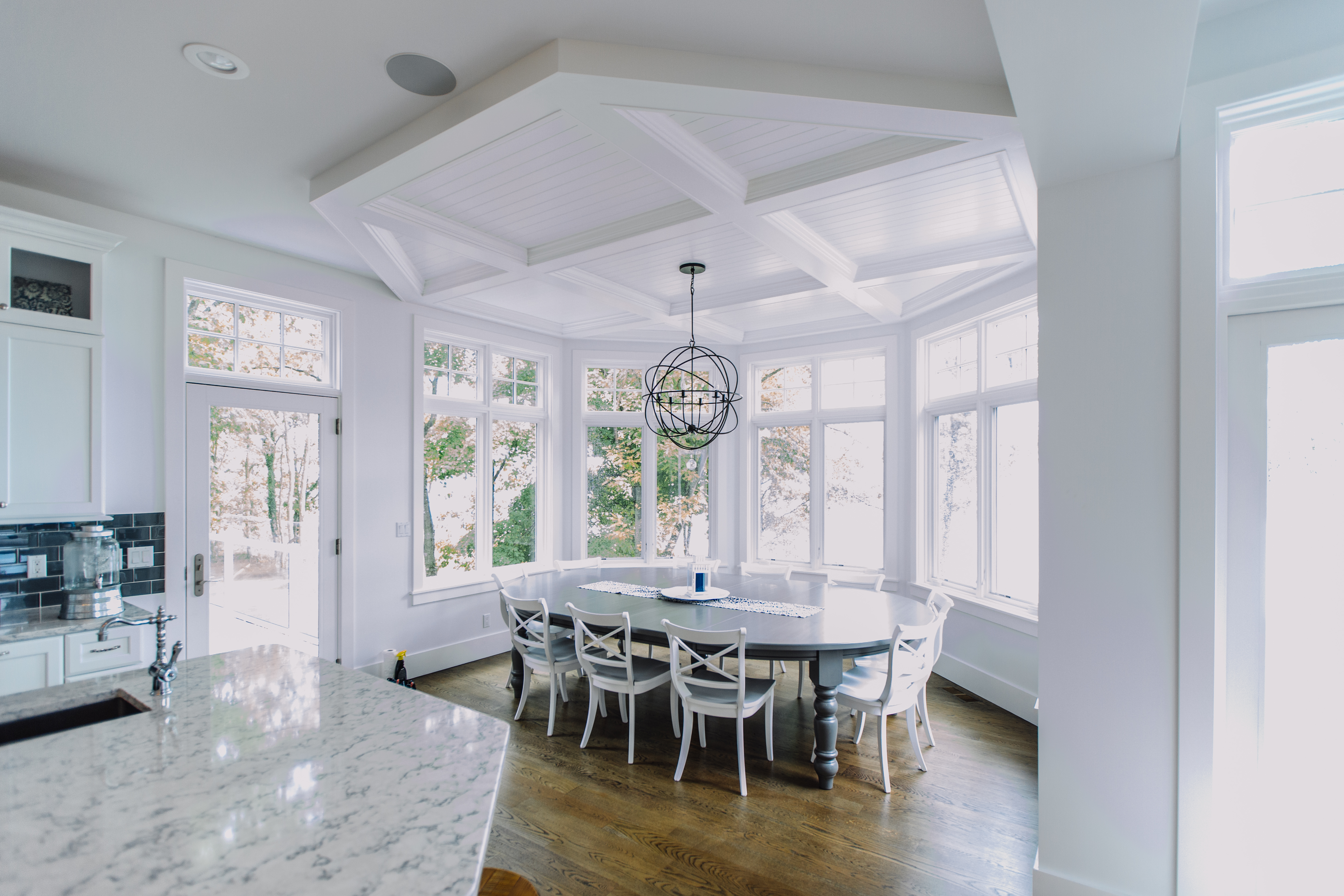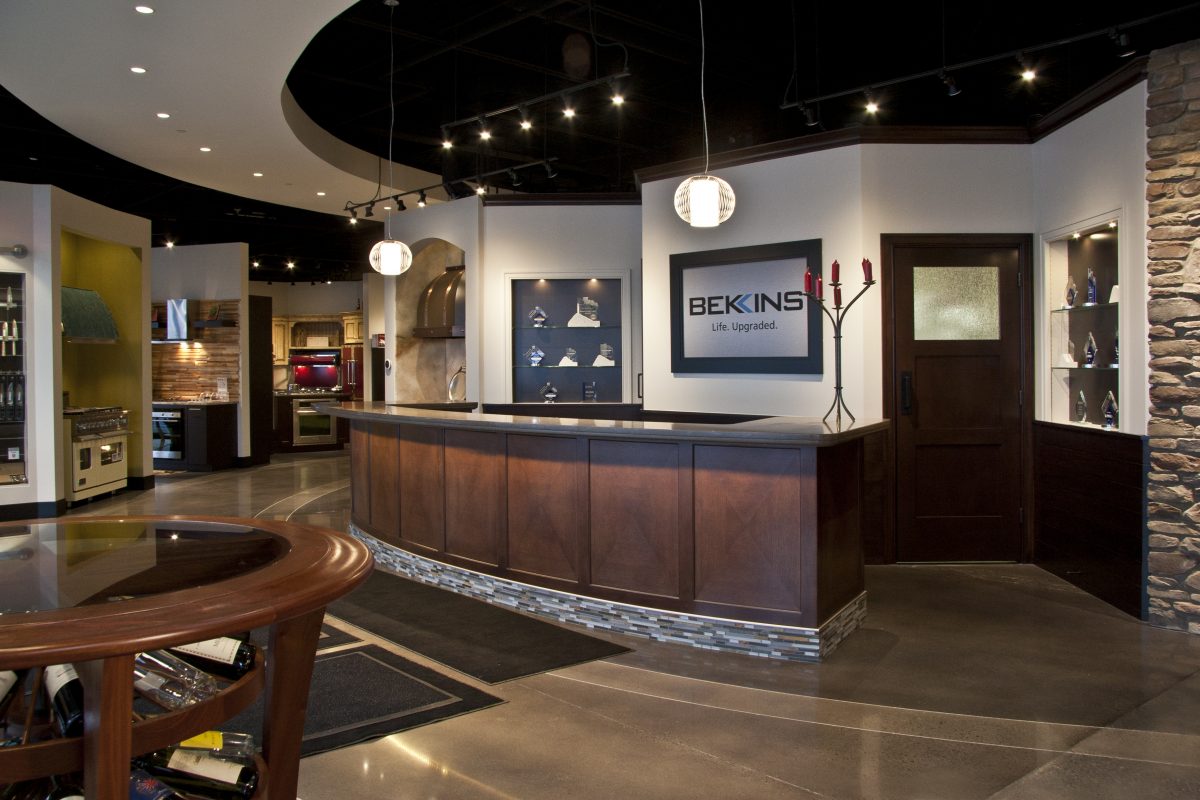Behind the initial design process, is a purpose; and even desire in its truest form. It involves configuring objects and materials into solutions, which can result in potentially life-changing outcomes.
When Lauren Liebler, an engineering and Computer Aided Design, or CAD, instructor at Petoskey High School in Petoskey, Michigan introduced a new project to her Career and Technical Education Drafting class in November, the goal was to achieve a previously unreachable solution to assist Stella Malpass, a six-year-old elementary student at Petoskey Sheridan Elementary, in her daily life.
Born with Arthrogryposis Multiplex Congenita, or AMC, which is a musculoskeletal disease affecting joint movement; Malpass experiences difficulties when dressing. After years of searching for manufacturers who could craft a device to help her, Malpass’ occupational therapist, Jodi Carroll, contacted Liebler.
“Instead of reaching out globally, she looked at this as a more local issue,” Liebler said. “One of the groups who she asked if they’d be able to help was us: the engineering and CAD class.”
Equipped with 3D printers and other necessary technologies, Liebler agreed to the project—a first of its kind within the class—and began the design process with her students. Initial brainstorming was completed in small groups in which no idea was allowed to be discarded. Using basic materials such as glue, tape, and rubber bands, some initial prototypes were built and failed while others made it to a second stage of appraisal.
“We’d glue these gadgets together to see if they would work and then we took a few of the ideas that we thought might actually have the potential to help [Malpass] and we drew those in CAD and 3D printed them,” Liebler said.
“The biggest factor for me is that all students approach it with an open mind. Even if the idea seems ridiculous and far-fetched it might spawn another idea that is a little more realistic. My biggest goal is to help students keep an open mind and listen to every single idea. Then, after we’ve spent a couple classes throwing everything out there, we can [assess] what we have and see what’s really feasible,” Liebler added.
The final prototype was formed from plastic rods and a bar for Malpass to hold while adjusting her pants. Two rods that attach to the front and back of her pants keep the waistband in place to prevent it from rolling—an issue that was addressed after the initial prototypes. Not only did the class succeed in creating a product that fulfilled its initial purpose, they designed it to be discreet and match all of Malpass’ pants.
“[Malpass] is such an awesome little girl and when we first met her, she was kind of shy—as any six-year-old would be standing around a group of high school students—but through this process she’s really opened up and her smile says it all,” Liebler said.
Liebler’s engineering and CAD class works on a variety of projects throughout the school year, from crafting ornaments during the holiday season to working on different types of engines. After the completion of Malpass’ project, Liebler and Carroll have agreed that each year will involve a similar project in which the class will attempt to design adaptive equipment for another student and continue learning about the product design process. It is a process that Liebler said visibly instilled confidence in her students as they created a potentially life-changing product.
“When we first started, I don’t think [the students] realized the impact they could have on someone else’s life,” Liebler said. “It was interesting to watch them as their eyes opened and they realized that regardless of how old they are, or that they’re a high school student, they can actually design something and change someone’s life. It was cool to see them take on that role and feel empowered and accomplished that they [designed] something for the greater good.”
Text: R. Collins | Staff Writer
Photo courtesy: Liebler, Petoskey Public Schools






